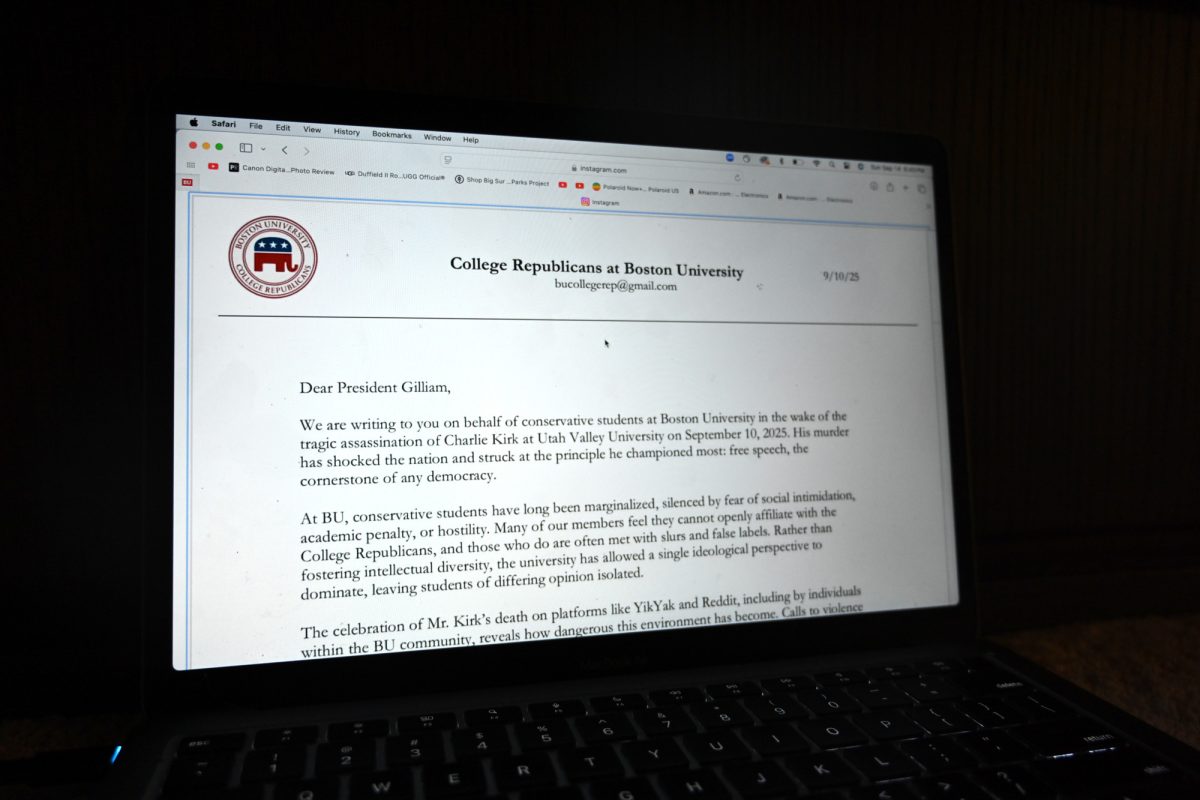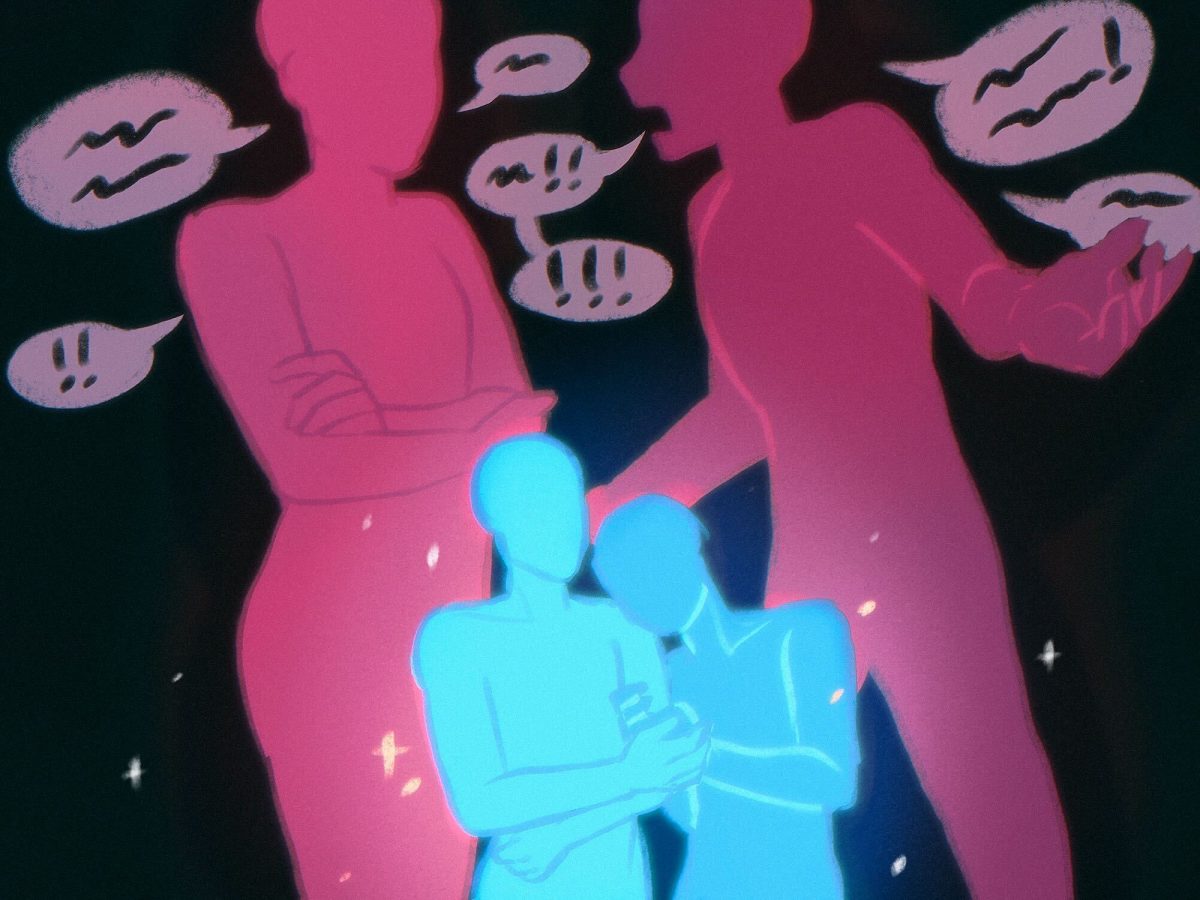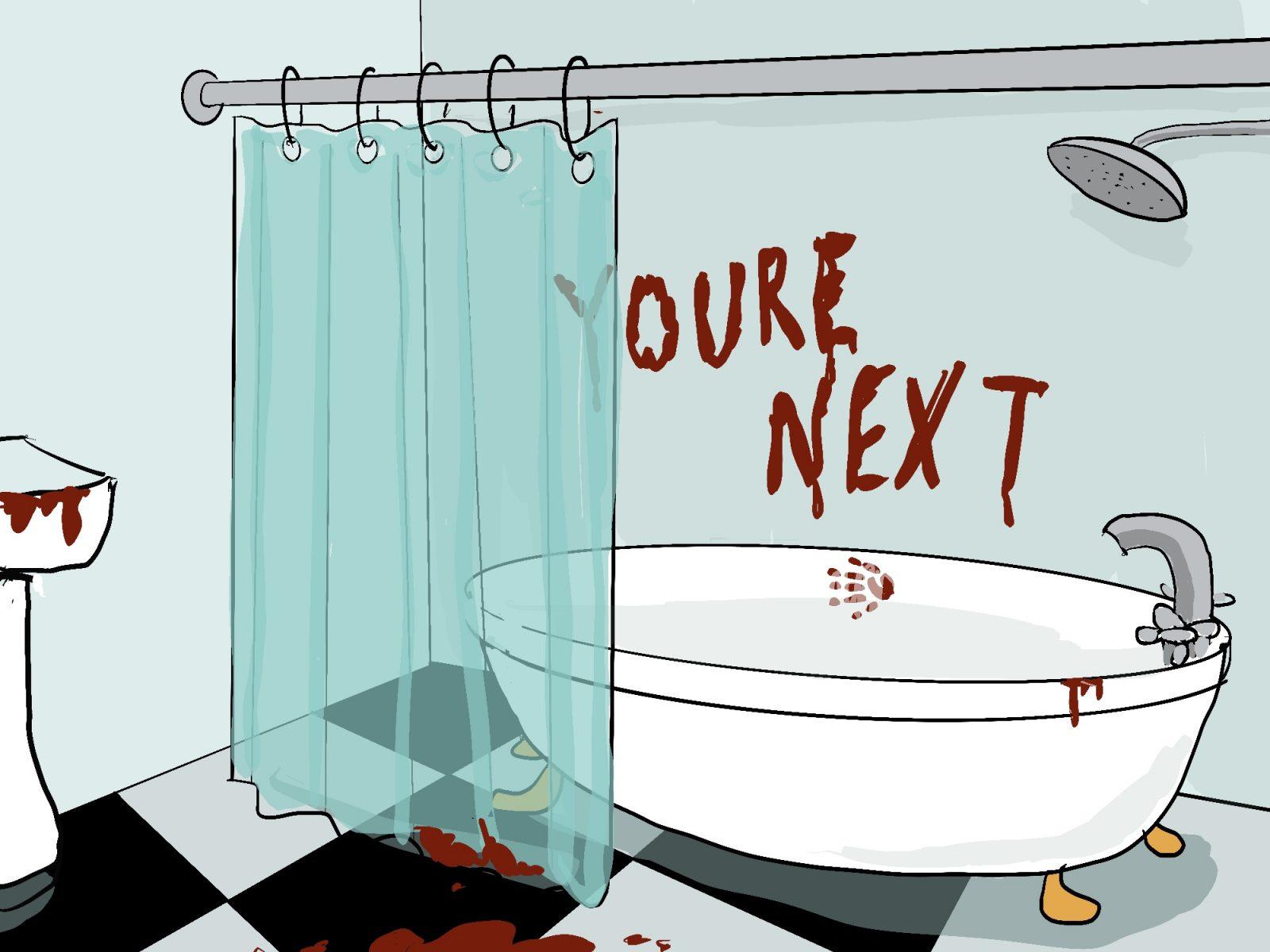The way I think about movies changed the first time I went to a screening of “The Rocky Horror Picture Show.” The theater was filled with chaos and euphoria, and I was welcomed into a fanatic community, despite my unfamiliarity with the film.
The experience was my introduction to the world of cult classics and their ability to surpass the average movie experience without a large budget or a traditional Hollywood style.
However, as my familiarity with the world of cult cinema grew, so too did a bleak realization — cult films simply do not exist anymore.

There is no formula that instructs how to produce a cult success, as the only constant across these films is a devoted fanbase. Cult classics grow in popularity in the years after their respective releases and carry an abnormal staying power. The cult films themselves are frequently genre films that lack sturdy financial backing from the box office, are socially transgressive and deviate from standard “good taste.” The key characteristic of a cult film is its ritualistic following.
The rites associated with screening cult films in theaters often violate some social taboos, such as dressing up in costume, quoting along to the film and engaging in disruptive behavior that would be otherwise condemned in a theater. Cult films defy the destiny of underground movies to be forgotten and, through collective devotion, garner the timelessness often only reserved for blockbusters.
Since the turn of the century, the number of new films which can be defined as cult classics has declined drastically. Regular showings of established cult classics such as “Eraserhead,” “The Rocky Horror Picture Show” and “Pink Flamingos” still remain, but few films from the past two decades have entered the cult canons.
So why — and how — has cult cinema died?
A primary reason for the phenomenon’s disappearance is the rise of online streaming. The ability for people to watch what they want, when they want and in their own home has allowed for any film to be immortalized by streaming, which has drawn audiences away from the communal viewing experiences integral to memorializing cult classic films.
In-theater viewership is no longer the norm, limiting the possibility for audience-film relationships through shared experiences and public performance. These elements include talking back to on-screen characters as if in conversation with them, a staple of cult screenings.
Along with the decline of theatergoing, the entertainment journalism industry has also played a part in preventing the development of new cult films. The promise of an “instant cult classic” has become too common, with reviewers and critics praising mainstream films such as “Saltburn” by predicting their future status within the cult canon.
Cult audiences cannot form when they are treated as a demographic targeted by promotional material and folded into the mainstream.
With the development of streaming, cult films may have been replaced by the cinema of guilty pleasure. Often only released on streaming services with instant and widespread accessibility, these so-bad-they’re-good films maintain the trashy and kitschy characteristics of cult cinema, but forgo the interactivity and other traditional qualities that are essential to the genre.
Cult cinema also serves as an opportunity to foster a sense of belonging and political or social refuge within marginalized groups, especially for the LGBTQ+ community. Guilty pleasure films such as “Twilight” — or, more recently, Netflix originals like “The Kissing Booth” — do not seem to have the same edge or representation that cult films have historically put forth.
Although the internet has prevented the development of new cult classics, online communities have the potential to revitalize cult followings. Since online spaces like Reddit have grown in popularity, it’s become easy to find a dedicated fandom for nearly any niche topic, creating communities that could not exist in the offline mainstream.
These digital niches have made way for a few contemporary films that might fit the cult label. Movies such as “Bottoms” or the “X” series seem to possess similar qualities of other films within the genre, in part due to their popularity on youth-dominated sites such as Letterboxd and TikTok.
“Bottoms” featured all of the characteristics of classic cult cinema — kitchiness, camp, subversion and, anecdotally, an incredibly reactive audience at my screening. The success of the “X” series can partly be attributed to an online obsession with the films, including fans regularly quoting the films and dressing up in referential outfits to see the newest installment, “Maxxxine.”
We may never get another “The Rocky Horror Picture Show,” but art and audiences will continue to adapt to fit within a new media landscape. Regardless of the format of viewing or the forum for fandoms, cinema always finds a way.





















































































































